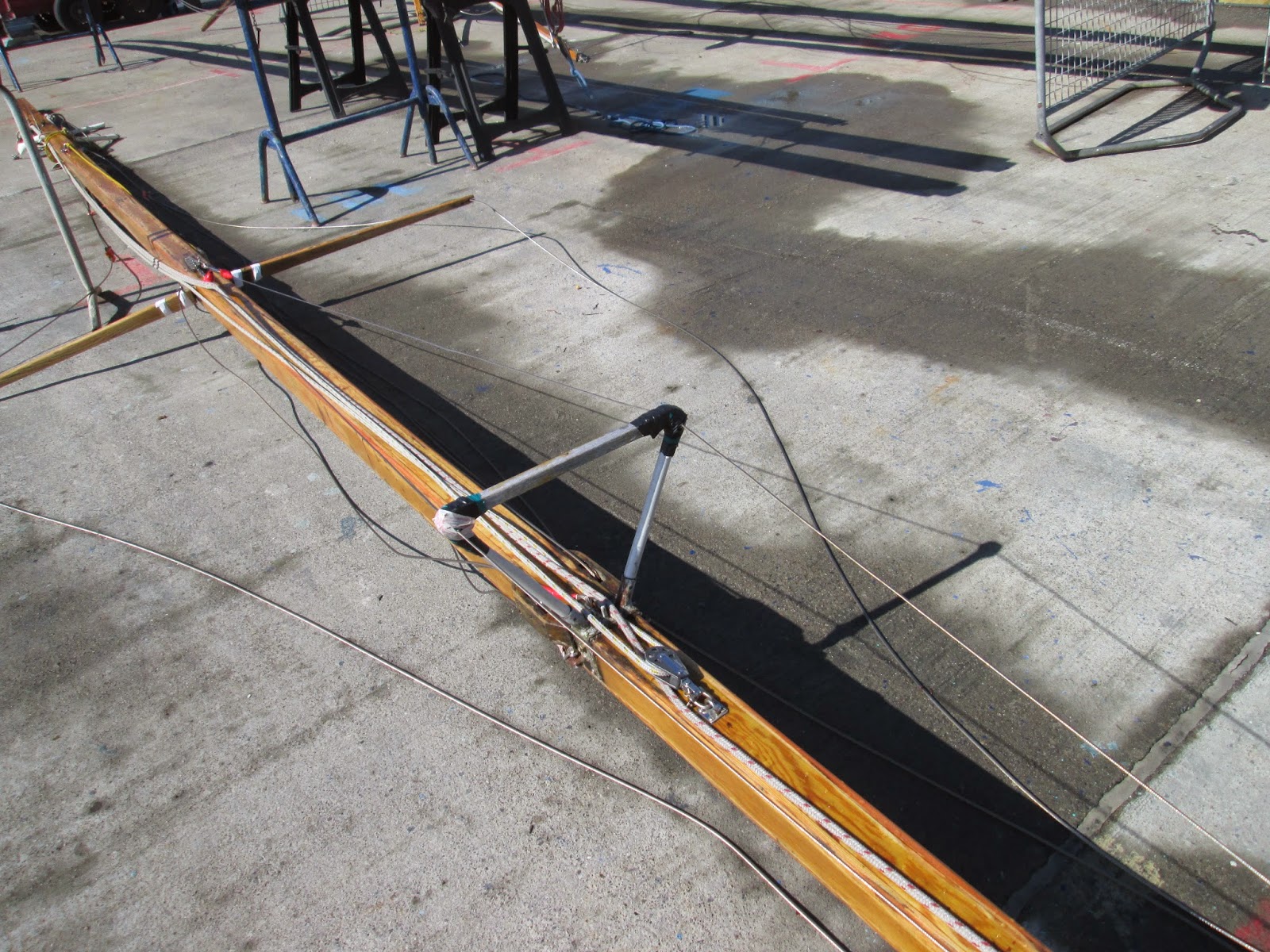The Golden Globe Yacht Race
It was 50
years ago, in 1968, that an English newspaper decided to organise a race for
yachts to circle the earth, nonstop and crewed by just one person. Single handers. Like the assault on Everest or the Four
Minute Mile this was an obvious record waiting to be broken.
In
1968 sailing races and interest in sailing was on an upward spiral with races
across the oceans and long distance voyages by hardy single handers gaining
much publicity. It was inevitable that
soon someone would sail around the world nonstop and several intrepid voyagers
were planning such a venture.
So the
Sunday Times announced the Golden Globe Race and put up a prize for the first
solo, non-stop, circumnavigation. A
motley bunch of adventurers and dreamers rallied to the call. They were mostly English but also included 2
French boats and an Italian. There was,
in those days, intense rivalry between the French and the English over matters
nautical. There was one Irish entrant,
Commander Bill King, from Galway.
The sailors competing would leave an English
port in the summer of 1968 and sail around the world non-stop. The race was notable in that, of the nine
starters, only one succeeded and finished, the now well-known Sir Robin Knox
Johnston. One famously faked his race
attempt and then committed suicide - the unfortunate Donald Crowhurst. The Irish entrant, Bill King, capsized, was
dismasted and had to retire from the race.
Most of the entrants were in highly unsuitable vessels and retired because
their boats were not up to the rigours of the Southern Ocean. A bestselling book about the race described
it as a Voyage for Madmen.
Coming
forward to this year, a commemorative race has been organised which is
presently under way. It is also called the Golden Globe Race. While there have
been vast improvements in the design, technology and safety of sailing boats
since 1968 it was decided to try and confine the race to the technology and
design of the original race era. Only
smaller, heavy, long keel boats dating from the period would be allowed and
modern forms of electronic navigation would be prohibited. Celestial navigation, using the sun and the
stars, would be the rule. Contact with
the outside world and social media would not be allowed or at least severely
curtailed. Great efforts would be made to restrict the costs associated with
sponsored yacht racing so that crusty old Barnacle Bills and dreamers would be
able to compete.
18 sailors
took up the challenge and set off this July to commemorate the race of 50 years
ago. They are a very varied bunch, both
in age and nationality. Four Frenchmen
started and, surprisingly, only two from the United Kingdom of whom one is a
female and the youngest in the race at age 27.
The oldest is a 73 year old Frenchman.
The rest are evenly spread over the nationalities of the world. From Ireland, Gregor Mc Guckin, a
professional Yacht Master from Clontarf, put up his hand. He acquired a suitable boat, got considerable
sponsorship and off he went. Should he succeed he would be the first Irishman
to sail around the world nonstop.
Sir Robin
Knox Johnston on board his boat, Suhaili, in which he had competed and won in
1968, fired the gun to start this commemorative race. The huge send-off fleet reflected the
explosion of interest in sailing which has occurred over the last fifty years. Knox Johnston took over 300 days to complete
his non-stop voyage. The record now for
the singlehanded circumnavigation of the globe stands at an astonishing 42
days, a telling indication of the interest and progress which sailing has
engendered over the last half century.
The
commemorative race as it enfolds has had its share of drama. The less experienced skippers dropped out
fairly early. It was not
for them. Seasickness, lack of sailing
knowledge and equipment failures took their toll. Then off the Cape of Good Hope, two of the
leading contenders dropped out as a storm damaged their boats. On into the Indian ocean another storm dismasted
two other boats including our Irishman Gregor McGuckin. His jury rigged boat was involved in a
dramatic rescue attempt when another competitor was capsized and injured. The Australian Navy and the Indian Navy
rushed to the rescue and Gregor was forced to abandon his stricken boat and
record attempt.
A handful of
competitors struggle on in the Roaring Forties of the Southern Ocean –
destination - the infamous Cape Horn at the tip of South America, before they
turn north for home. We will have to
wait for another day before an Irishman sails around the world, singlehanded,
nonstop. I am sure that, sooner or
later, an Irish boat will do it.
Pete Hogan
November,
2018.























